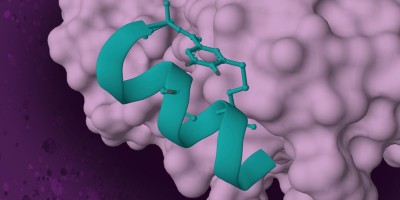An experiment that challenged established dogma opened an entirely new avenue for research in the assembly and control of mechanically interlocked compounds.

References
Weidel, H. & Russo, M. Studien über das pyridin. Monatshefte für Chemie 3, 850–885 (1882).
Michaelis, L. & Hill, E. S. The viologen indicators. J. Gen. Physiol. 16, 859–873 (1933).
Hünig, S. & Berneth, H. in Organic Chemistry. Topics in Current Chemistry Vol. 92 (Springer, 1980).
Kosower, E. M. & Cotter, J. L. Stable free radicals. II. The reduction of 1-methyl-4-cyanopyridinium ion to methylviologen cation radical. J. Am. Chem. Soc. 86, 5524–5527 (1964).
Trabolsi, A. et al. Radically enhanced molecular recognition. Nat. Chem. 2, 42–49 (2010).
Author information
Authors and Affiliations
Corresponding author
Ethics declarations
Competing interests
The author declares no competing interests.
Rights and permissions
About this article
Cite this article
Trabolsi, A. A radical departure for supramolecular chemistry. Nat Rev Chem 5, 442–443 (2021). https://doi.org/10.1038/s41570-021-00299-w
Published:
Issue Date:
DOI: https://doi.org/10.1038/s41570-021-00299-w
- Springer Nature Limited


